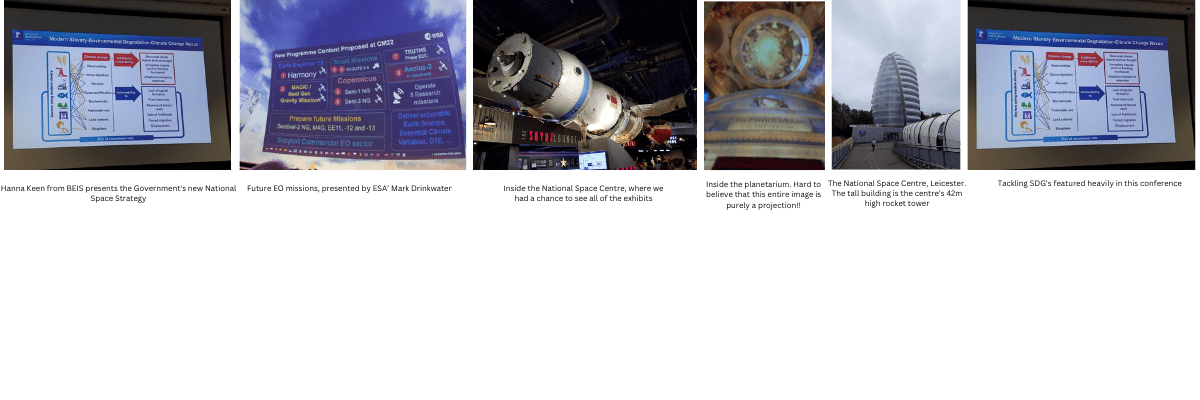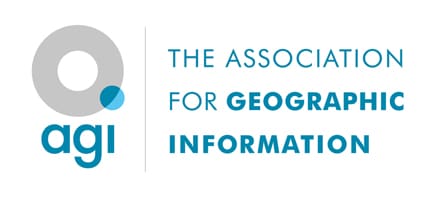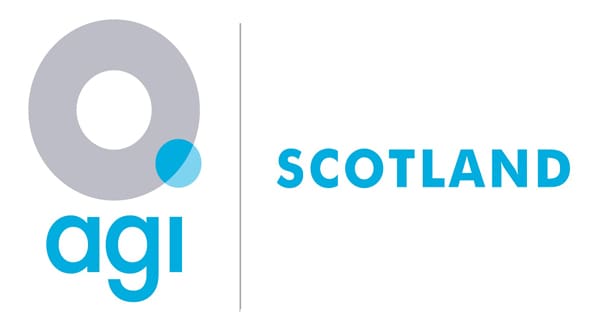The last time I attended an academic conference was back in 2013, so when I saw that the UK National Earth Observation (UK NEO) Conference was due to go ahead in September 2022, based in Leicester’s National Space Centre, there was no way that I could pass up the opportunity to attend.
I was an Astrophysicist in a past life and have been working in science communication and public engagement since I finished my PhD in 2014. In September 2021, I started the two-year part-time track of the MSc in Earth Observation & Geoinformation at the University of Edinburgh in order to change careers. I have essentially had to start at the beginning when it comes to getting a lay of the land and building up contacts in the field of EO, so this event was the perfect opportunity to further break the ice and meet people. I was most delighted to see that sustainability was a driving force for the conference, with initiatives such as mostly vegetarian catering and name badges printed on seeded paper so you can plant them at home!
Dr Kay Smith of the British Geological Survey and Chair of the Remote Sensing and Photogrammetry Society opened the event, which was followed by introductory talks from David Wilkinson of the National Space Centre’s Space Academy, and Professor Richard Ambrosi, Executive Director of Space Park Leicester. A plethora of fascinating plenary talks were presented, ranging from an overview of the latest and future EO programmes, current scientific challenges and how to tackle UN Sustainable Development Goals.
The rest of the programme was jam-packed, with a series of parallel 10-min talks, poster sessions and exhibitors taking place between 9am-5pm every day. The sessions I attended were:
- Multispectral and hyperspectral UAV applications in EO
- EO of vegetation phenology across scales
- People and Pixels: EO’s role in monitoring and evaluating the socioeconomic SDGs
- Complex environmental monitoring with EO and In-situ sensor fusion
- Emergency management and disaster risk reduction
- Developing metrics and indicators to monitor environmental policy
Coffee breaks were a great chance to sidle up to people and find out what they do. I particularly enjoyed talking to Jodie Howlett, a Space Systems Engineer for the UK Space Agency at Harwell, Charles Tapsell at EOLAS Insight, who have recently moved into the Higgs Centre on Blackford Hill in Edinburgh, and Andrew Fournet, who iworks for the Business Development side of ASTROSAT based in East Lothian.
It wasn’t all work and no play, though! We were treated (drink in hand) to a showing of the Centre’s incredible planetarium show “We are Guardians”, which highlights how the world, its peoples and environments are connected and interdependent. I’ve been to many a planetaria in my time, but this blew my mind – do check it out if you are in the area! (You can watch a trailer on YouTube: https://www.youtube.com/watch?v=2WZss2Tc94k).
Thank you to the University of Edinburgh’s School of Geosciences for funding this trip.
Amy Tyndall
MSc Earth Observation & Geoinformation Management, University of Edinburgh


